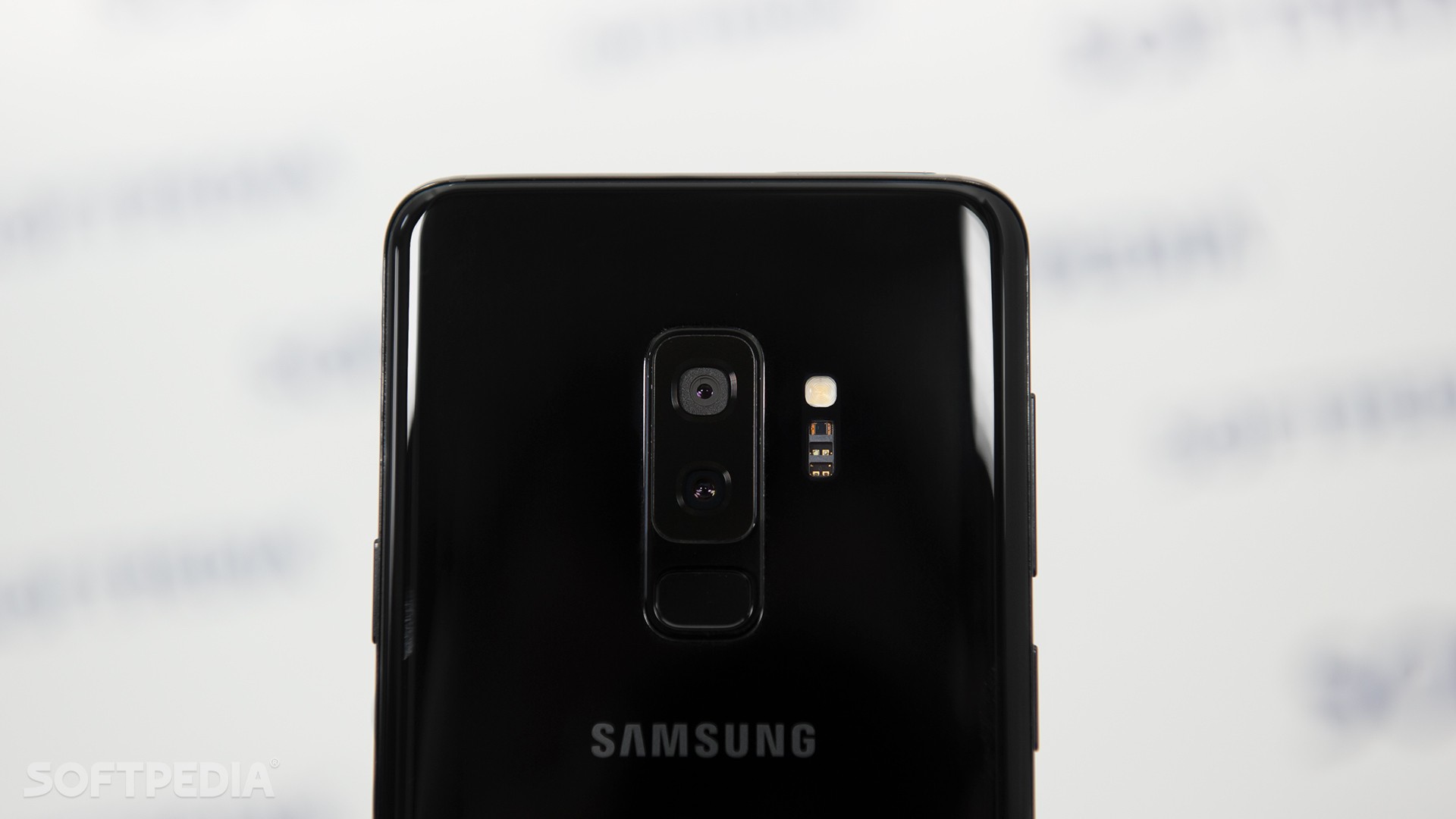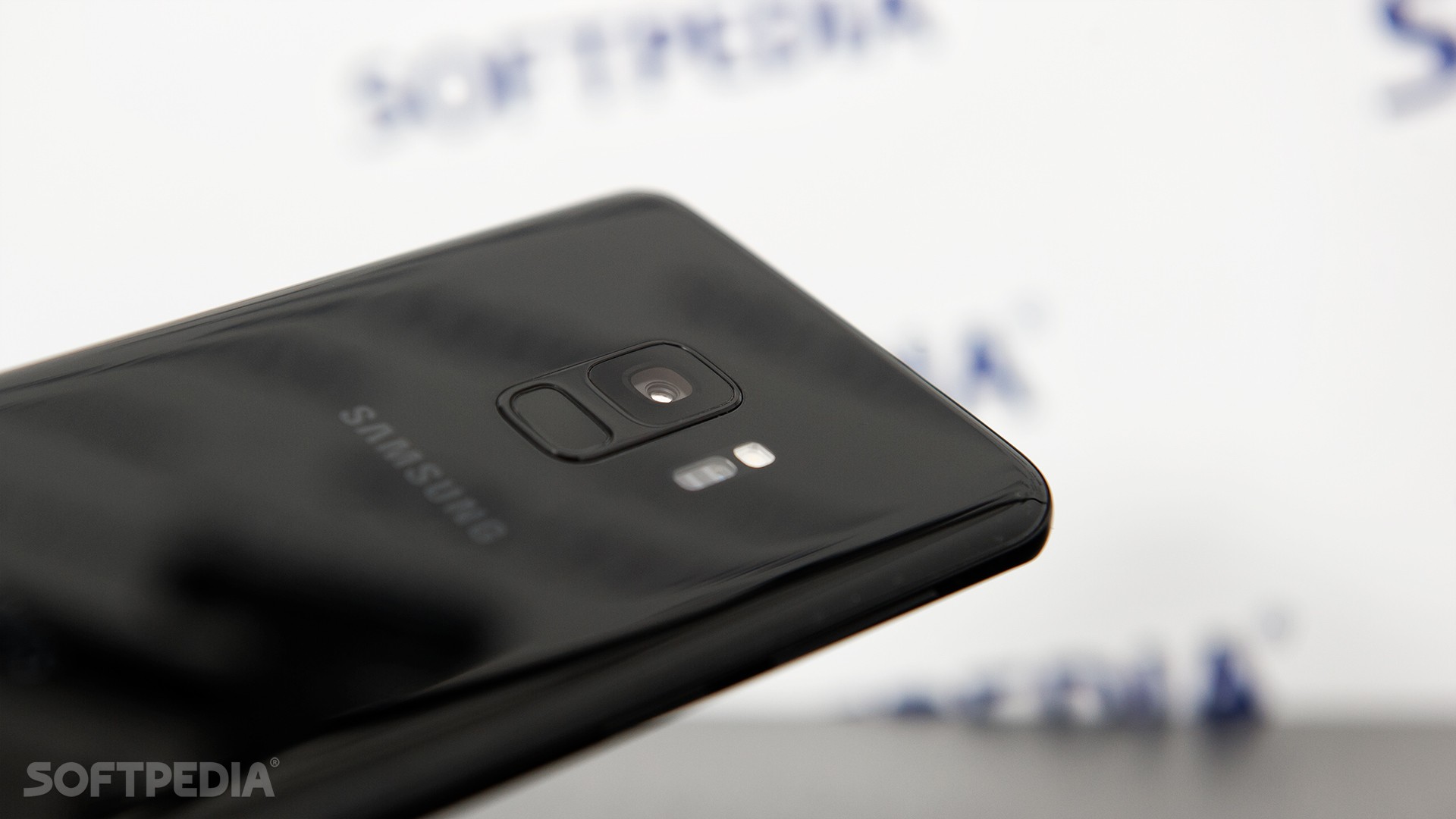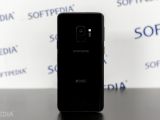Samsung has launched the Galaxy S9 and the Galaxy S9+ in late February as the company’s latest flagships, and as compared to their predecessors, the devices come with subtle design improvements and hardware upgrades that the company hopes would convince potential buyers to give them a try.
While I’m currently reviewing both the Galaxy S9 and the S9+, I wanted to offer a quick glimpse at what’s new on the two devices, as many people are expecting their devices to ship this week.
As a Galaxy S8 user, the first time I held the S9 in hand, I barely noticed any cosmetic change, especially when viewed from the front. The two devices are nearly identical in terms of front design, and the back the of phone is the only one that brings a more substantial makeover in the form of a new vertical layout for the camera (dual camera on the S9+) and the fingerprint sensor.
If I were to highlight one particular change that I noticed in terms of feeling is that the Galaxy S9 feels a bit more compact thanks to slightly redesigned sides of the frame which make it possible to hold the device in hand more securely.
On the Galaxy S8, everything was kind of slippery, and the same thing applies to the S9, though I’d say that these small refinements improve the experience a little bit. I still wouldn’t use the phone without a case given how easy it is to drop it, and given that it’s made of glass, shattering the display or the back is the most likely outcome.
In terms of hardware, the device appears to be just as snappy and fast as its predecessor. The processor upgrade – I’m testing the European versions with the Exynos chips – and the RAM upgrade to 6GB on the bigger model are certainly welcome improvements, though I don’t believe they’re highly noticeable to the casual user.
The addition of AR Emoji, a feature that’s… err… inspired by Apple’s Animoji, isn’t such a big deal and I think I played with it for less than a couple of minutes before getting bored and forgetting about it forever.
In terms of camera, both phones have received some upgrades, but I expected better performance, to be completely honest. Of course, keep in mind that these are just the early impressions and I’ll discuss the cameras more in the in-depth review coming this week.
The Galaxy S9 features a 12 MP sensor with f/1.5-2.4, 26mm, 1/2.5", 1.4 µm, and Dual Pixel PDAF, while the bigger sibling has the same sensor plus a 12-megapixel telephoto lens with f/2.4, 52mm, 1/3.6", and 1 µm.
In real-life, the camera performance isn’t much different from what I was getting with the Galaxy S8, though I’d say photos feature more vibrant colors and increased detail quality. This was something to be expected though, and at first glance, it doesn’t seem to match the performance of other high-end models like the Google Pixel 2.
What I noticed, however, is that the camera sometimes fails to focus correctly on the first attempt.
While everything seems to be right on the phone's screen, not the same thing can be said on a bigger screen, where photos look blurry and show what at first glance appears to be a focus issue. Below is an example of such a photo, and I'll discuss the issue more in the in-depth review.
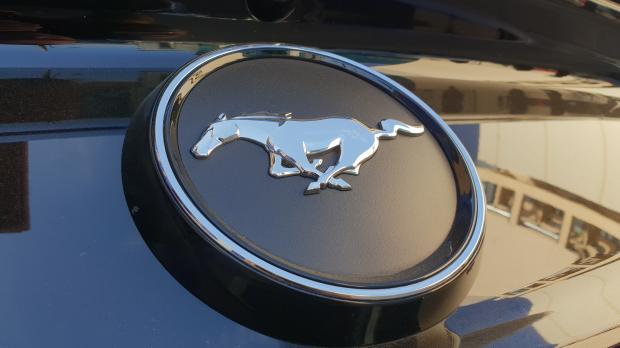


Other than that, the Galaxy S9 is just Samsung being Samsung. The new position of the fingerprint sensor is better but certainly not perfect. While we’re supposed to scan the fingerprints faster because of this new location, I still put my finger on the camera occasionally. This could, however, be just a matter of time to get used to the new layout, as the same thing happened when I first started using the Galaxy S8 as well.
I still can’t make any assumptions on the battery life since I’m currently using the phone all day long, but figures at least similar to those of the Galaxy S8 are likely.
The one thing I truly enjoy is the stereo sound, which I’ve been waiting for ever since Apple introduced this feature on the iPhone 7. Stereo speakers are something that I really can’t live without especially when watching YouTube videos or when driving with Waze or other navigation apps on the dashboard.
As an early conclusion, I’d say the Samsung Galaxy S9 is more of an incremental upgrade over the previous model, rather than a completely new generation. If I were to compare it to the iPhone lineup, the Galaxy S9 is for the Galaxy S8 what the iPhone 6s was for the iPhone 6 – an upgrade that doesn’t bring huge upgrades, but which paves the way for a bigger overhaul.
I’ll return with a more in-depth look at the phones later this week as I review both of them, so check back soon to see what the Galaxy S9 and S9+ are all about.
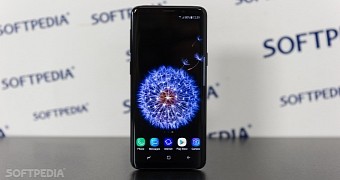
 14 DAY TRIAL //
14 DAY TRIAL // 